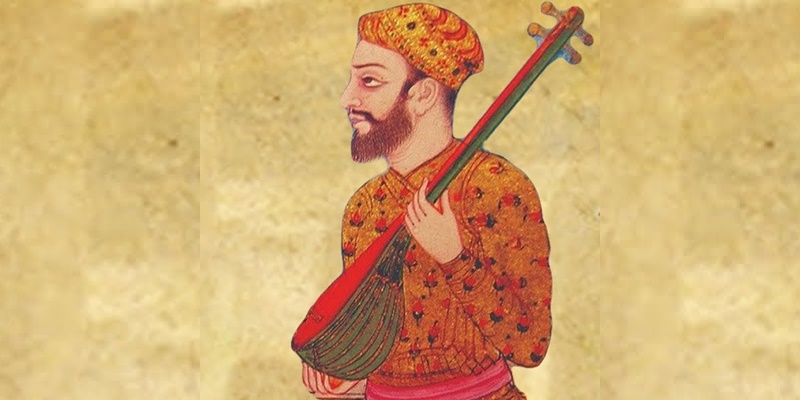The Bardoli Satyagraha of 1928: The Birth of Sardar Vallabhbhai Patel
The Bardoli Satyagraha of 1928 stands as one of the most remarkable chapters in India’s struggle for independence. It was here that Vallabhbhai Patel earned the title of “Sardar” and emerged as a national hero, cementing his leadership in the fight against British colonial rule. This satyagraha was not just a localized protest but a symbol of India’s growing resolve to stand up against exploitation and tyranny.
The Background: Tax Hike and Peasant Unrest
The region of Bardoli, located in Gujarat, was primarily an agricultural area with peasants dependent on the land for their livelihood. In 1928, the British government, reeling from financial strains, imposed an unjust and exorbitant increase of 22% on land revenue. This decision was made despite the region suffering from poor crops and adverse economic conditions. The peasants, already struggling to make ends meet, were thrown into deep distress by this sudden hike.
Initially, the peasants appealed to the government to reconsider the tax increase. They submitted petitions and sought redress through legal and constitutional means, but their voices went unheard. When peaceful negotiations failed, they turned to Vallabhbhai Patel, who was already known for his organizational skills and deep connection with the peasant community.
Vallabhbhai Patel Takes Charge
Vallabhbhai Patel, often described as a man of few words but immense action, had already proven his mettle in earlier movements. When approached by the distressed peasants of Bardoli, he agreed to take on the challenge, provided they were ready to stand united and face the consequences of a prolonged struggle. Patel, who believed in Mahatma Gandhi’s philosophy of non-violent resistance, decided to launch a non-cooperation movement in Bardoli.
Patel called a meeting of the peasants, explaining that this would not be an easy battle. He warned them of the British government’s likely reprisals—seizures of land and property, arrests, and even violence. But, with Patel’s leadership and persuasion, the farmers of Bardoli decided to stand firm, refusing to pay the increased taxes. The movement took the form of a Satyagraha (truth force), inspired by Gandhi’s principles.
The Launch of the Satyagraha
In February 1928, Vallabhbhai Patel formally launched the Bardoli Satyagraha. He established a disciplined framework for the movement. The peasants vowed not to pay the revised taxes, refused to cooperate with the government, and boycotted government services. Committees were formed in every village, and volunteers were trained to help ensure the smooth functioning of the satyagraha.
Patel’s leadership was instrumental in keeping the movement organized and non-violent. The British government responded by confiscating lands, properties, and cattle of those who refused to comply with the new tax laws. Homes were raided, and peasants were arrested. However, despite the repressive measures, the movement only grew in strength.
Patel worked tirelessly, touring villages, motivating the people, and keeping their spirits high. He coordinated with national leaders and ensured that the Bardoli struggle was highlighted across India, drawing attention to the plight of the peasants.
The Role of Women and National Support
One of the most remarkable features of the Bardoli Satyagraha was the active participation of women. Encouraged by Patel, women played an important role in organizing protest meetings, leading processions, and facing British officials. Their involvement gave the movement a unique strength and character. Patel’s sister, Maniben Patel, was particularly active, working alongside her brother to mobilize support.
As the situation in Bardoli escalated, national leaders, including Mahatma Gandhi, began to extend their support. The press highlighted the situation, and public opinion began to swing in favor of the oppressed peasants. The government’s harsh measures only led to further criticism, both domestically and internationally.
Victory for Bardoli
The tide turned in August 1928 when an independent inquiry into the situation was ordered. The committee concluded that the tax hike was unjustified, and the British government was forced to roll back the increased rates. All the confiscated lands and properties were returned to the farmers, and the government’s punitive measures were reversed. It was a resounding victory for the people of Bardoli and a personal triumph for Vallabhbhai Patel.
Vallabhbhai Patel Becomes ‘Sardar’
It was after this successful struggle that Vallabhbhai Patel was bestowed with the title “Sardar,” meaning “leader” or “chief.” The title was given to him by the grateful peasants of Bardoli in recognition of his leadership, courage, and determination. From this point onwards, Patel became known as Sardar Vallabhbhai Patel, a name that would forever be associated with his role as a unifier and protector of the common people.
Significance and Legacy of Bardoli The Vardoli Satyagraha of 1928
The Bardoli Satyagraha was a defining moment not just in Patel’s life, but in the history of India’s independence movement. It proved the effectiveness of non-violent resistance and collective action against the British Raj. It demonstrated that when people stood united, even the most powerful colonial regime could be compelled to back down.
For Vallabhbhai Patel, this was the beginning of his rise to national prominence. The success of the Bardoli Satyagraha brought him to the forefront of the Indian National Congress, and he became one of the most trusted lieutenants of Mahatma Gandhi. Patel’s organizational skills, his ability to connect with people at the grassroots level, and his unwavering commitment to non-violence made him a natural leader.
The title “Sardar” remained with him for the rest of his life, symbolizing his role as a leader who could stand firm in the face of adversity, unify people across divides, and guide them toward a common goal. Later, Sardar Patel would play a crucial role in the integration of princely states and the unification of India after independence, earning him the title of the “Iron Man of India.”
Conclusion
The Bardoli Satyagraha of 1928 was not just a victory for the peasants of a small district in Gujarat but a significant milestone in India’s broader freedom struggle. It demonstrated the power of organized, non-violent resistance and elevated Vallabhbhai Patel to the status of a national leader. The legacy of Bardoli continues to inspire movements for justice, unity, and self-determination, while the name “Sardar Patel” remains synonymous with strength, leadership, and unyielding commitment to the cause of the people.



